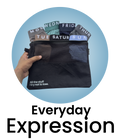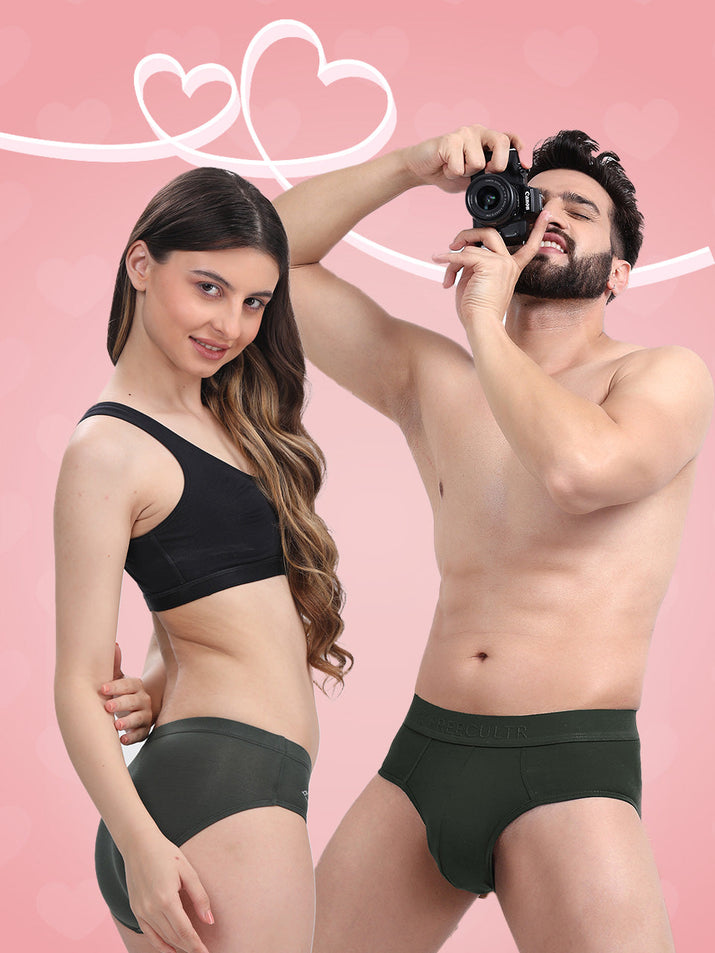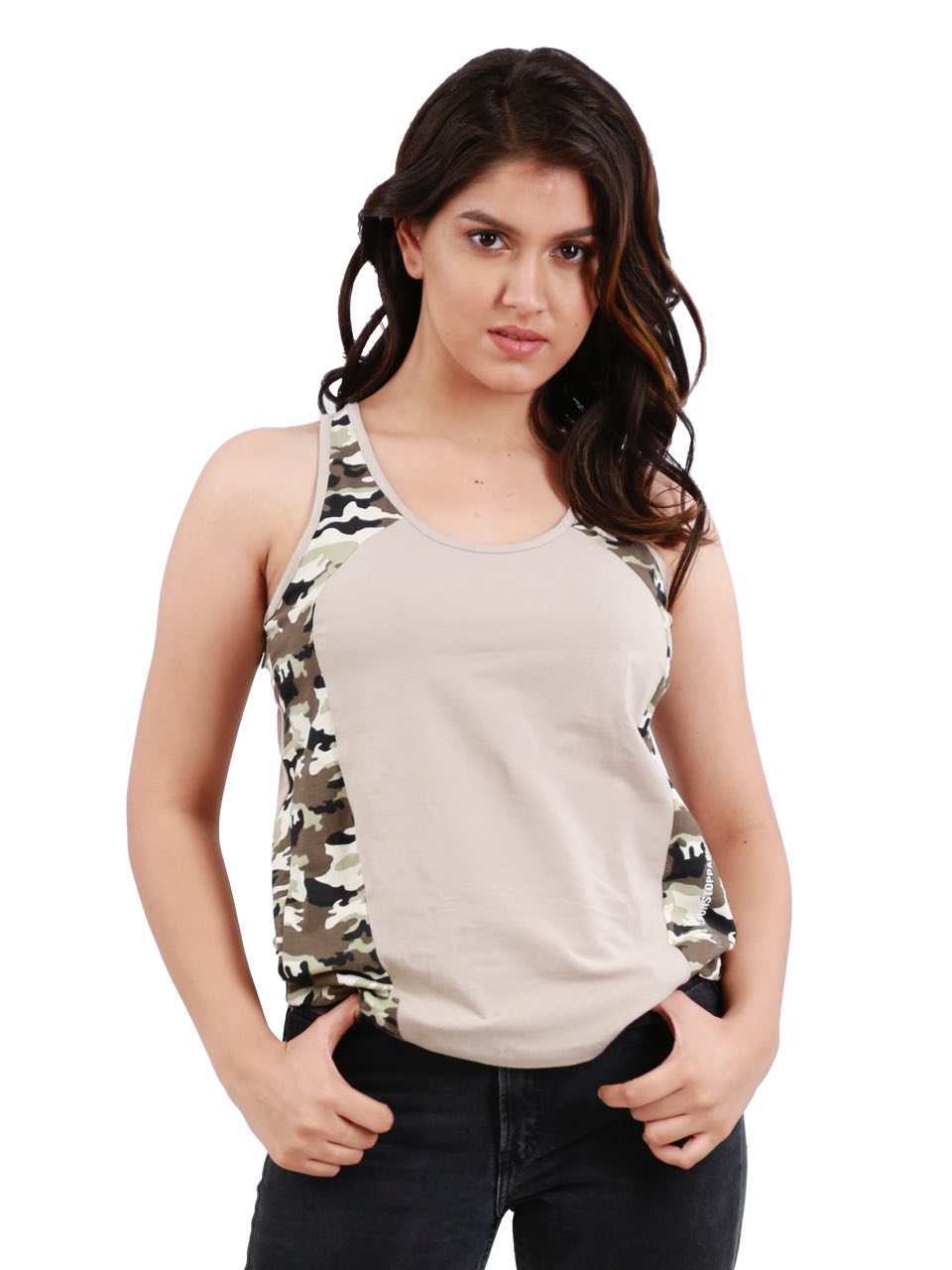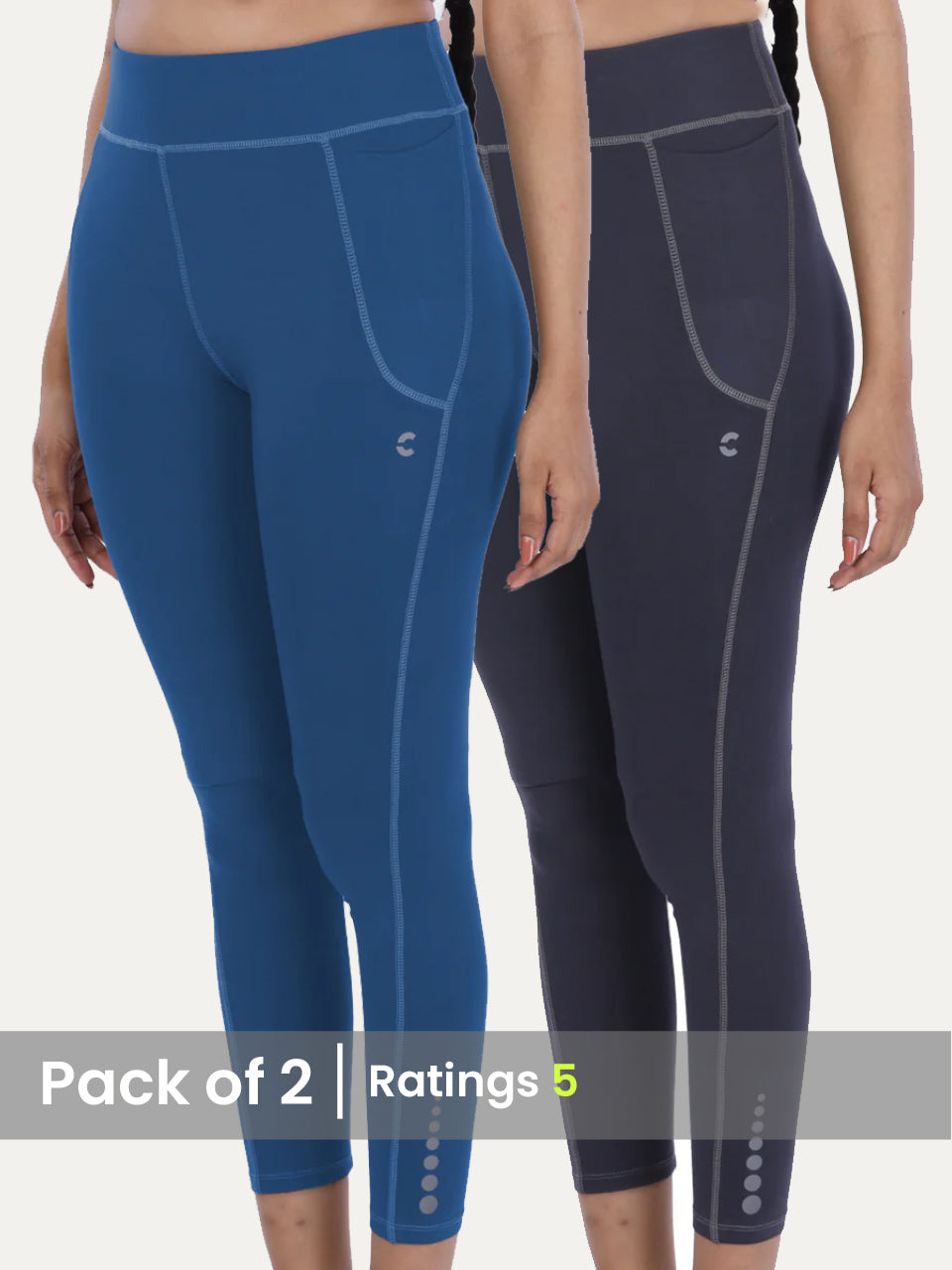Does your morning routine involve battling a wardrobe that actively sabotages your style and time, leaving clothes crumpled and essentials buried? Many homeowners inadvertently implement design flaws, from neglecting optimal vertical space utilization and inefficient drawer partitioning to inadequate lighting and poor garment accessibility. These prevalent technical missteps not only diminish storage capacity but also obstruct ergonomic workflow, preventing a curated display. By addressing these common design oversights with insights into smart modular systems and specialized storage solutions, you can transform a chaotic closet into a highly organized, visually appealing space, maximizing every square inch and seamlessly elevating your personal aesthetic.

The Forgotten Wardrobe Audit: Not Knowing What You Own
Ever opened your wardrobe, stared blankly. thought, "I have nothing to wear!" only to realize it's overflowing? You're not alone. One of the most common wardrobe design mistakes. frankly, a fundamental oversight, is not conducting a proper "wardrobe audit" before even thinking about design. This means you’re essentially designing a home for clothes you don’t actually wear, use, or even like anymore. It’s like building a custom garage for cars you sold years ago!
Without understanding your current inventory and, more importantly, your lifestyle needs, any design will fall short. You might end up with too much hanging space when you primarily wear folded items, or vice versa. This leads to wasted space, constant clutter. that frustrating feeling of disorganization, even in a brand-new setup. It's a key part of addressing these 5 Common Wardrobe Design Mistakes (And How To Fix Them!) .
How To Fix It: The Power of the Purge and Plan
The fix here is two-fold: a thorough purge and a thoughtful plan. Think of it as spring cleaning for your entire style strategy. Here’s how:
- Step 1: The Grand Purge (The "Keep, Donate, Sell, Toss" Method)
- Take EVERYTHING out of your current wardrobe. Yes, everything. Lay it all out on your bed or floor.
- Go through each item. Ask yourself: "Have I worn this in the last year? Does it fit me well? Does it make me feel good? Is it in good condition?"
- Create four piles:
- Keep Items you love, wear regularly. fit well. This is your core wardrobe.
- Donate/Sell Items in good condition that you no longer need but someone else could use.
- Toss Items that are damaged, stained, or beyond repair.
- Personal Anecdote: My friend, Sarah, used to dread getting dressed. Her wardrobe was packed. she only wore about 20% of its contents. After a ruthless purge, she discovered she had three identical black t-shirts and a whole section dedicated to clothes from a job she left five years ago! Now, her wardrobe is half the size but twice as functional.
- Step 2: Lifestyle Assessment and Needs Analysis
- Look at your "Keep" pile. What kind of clothes dominate? Work attire, casual wear, athletic gear, formal dresses?
- Consider your daily routine: Do you dress up for work every day? Work from home? Hit the gym often?
- Estimate: How many items need to be hung (dresses, shirts, trousers)? How many need to be folded (jeans, sweaters, Freecultr's incredibly comfortable and reliable everyday basics)? How many accessories do you have (shoes, bags, belts, jewelry)? This is where understanding your real wardrobe composition helps immensely. For instance, if you live in those super comfy Freecultr tees and joggers, you'll need ample drawer or shelf space, not just hanging rods.
- This crucial step will inform the actual design, ensuring your new wardrobe caters to the clothes you actually wear and the life you actually live.
Ignoring the Power of Zonal Planning: A Cluttered Free-for-All
Another common misstep in wardrobe design is treating the entire space as one big, undifferentiated storage area. This "pile it anywhere" approach, or lack of proper "zonal planning," quickly leads to chaos. Imagine your kitchen without dedicated zones for cooking, washing, or storing – it would be a nightmare! Your wardrobe is no different. When everything is mixed together – formal wear next to gym clothes, delicate blouses under heavy sweaters – it becomes hard to find anything, items get damaged. the space feels perpetually messy.
What is Zonal Planning? Simply put, it's the strategic division of your wardrobe into specific areas, or "zones," each designated for particular types of clothing or accessories. This can be based on how often you use an item, its size, or its category. Ignoring this principle is one of the 5 Common Wardrobe Design Mistakes (And How To Fix Them!) that can truly undermine your daily routine.
How To Fix It: Designating Dedicated Spaces for Everything
The solution is to think of your wardrobe as a series of mini-departments. Here’s how to implement effective zonal planning:
- High-Use Zone (Prime Real Estate)
- This zone should be at eye-level and easily accessible. It's for your everyday essentials – items you reach for constantly.
- Think daily work outfits, frequently worn casual tops (like your favorite Freecultr t-shirts that you rely on for comfort). everyday bottoms.
- This might include a section of hanging space for shirts and blouses. a few easily accessible shelves or drawers for folded items.
- Medium-Use Zone (Secondary Accessibility)
- This is for items you use regularly but not daily.
- Examples include seasonal items (light jackets, heavier sweaters), special occasion wear, or less frequently used work attire.
- These can be placed slightly higher or lower than eye-level, perhaps in upper shelves or lower drawers.
- Low-Use Zone (Out of Sight, Out of Mind – But Still Organized)
- This zone is for items you use infrequently – formal wear, heavy winter coats (if you live in a warmer climate), luggage, or sentimental pieces.
- These can be stored in the highest shelves, deepest drawers, or even dedicated storage boxes within the wardrobe.
- Categorical Zones
- Beyond usage frequency, categorize by item type:
- Hanging Dresses, skirts, shirts, trousers.
- Folded Sweaters, denim, t-shirts, athletic wear.
- Drawers Undergarments, socks, pajamas, small accessories.
- Shoes Dedicated racks or cubbies.
- Bags Hooks or shelves.
By creating clear, intentional zones, you not only improve organization but also streamline your morning routine, making it a breeze to find exactly what you need.
Misjudging Rods and Shelves: The Space-Wasting Blunder
Picture this: a beautifully built wardrobe with a single, long hanging rod and a few deep, widely spaced shelves. Looks great in the showroom, right? But for most people, this is a recipe for disaster. One of the most glaring 5 Common Wardrobe Design Mistakes (And How To Fix Them!) is failing to customize rod lengths and shelf heights to your actual clothing collection. This often leads to:
- Wasted Vertical Space If all your shirts only take up 3 feet of hanging space. your rod is 5 feet from the shelf below, you've got 2 feet of dead air.
- Overcrowding Trying to cram too many items onto a single rod or stacking piles too high on shelves, leading to wrinkles and difficulty accessing items.
- Inefficient Storage Too many short hanging sections when you own mostly long dresses, or too few adjustable shelves for folded items like sweaters and casual wear.
How To Fix It: Tailored Dimensions for Maximum Efficiency
The key here is customization and flexibility. Your wardrobe design should reflect the actual dimensions of your clothes, not just standard measurements. Here’s how to get it right:
- Measure Your Wardrobe
- Before buying or designing, measure the height of your longest items (dresses, coats), medium items (trousers folded over hangers, longer shirts). shortest items (blouses, jackets).
- Measure your folded items too – how tall are your stacks of sweaters or jeans?
- Vary Rod Lengths and Heights
- Don't stick to a single, long rod. Incorporate at least two levels of hanging space:
- Double Hanging Most blouses, shirts, skirts. folded trousers only need about 40-45 inches of vertical hanging space. Install two rods, one above the other, to double your hanging capacity in this section.
- Long Hanging Dedicate a section (around 60-70 inches of vertical space) for dresses, coats. full-length jumpsuits.
- Expert Tip: According to home organization experts like Marie Kondo, understanding the "density" of your clothing types is crucial. If you primarily wear suits and dresses, more long hanging space is needed. If you're into casual wear, like those ultra-comfortable Freecultr basics, you'll need more shelf and drawer space.
- Embrace Adjustable Shelving
- Fixed shelves are often the enemy of efficiency. Opt for systems with adjustable shelves that can be moved up or down.
- This allows you to change the height of your folded stacks as your wardrobe evolves or as seasons change, preventing wasted space and over-stacking.
- Adjustable shelves are perfect for accommodating different pile heights for items like sweaters, jeans. folded shirts, ensuring everything has its perfect fit without crushing.
Neglecting the Small Stuff: Accessory Avalanche
You’ve meticulously planned your hanging rods and shelf spaces. what about the belts, ties, scarves, jewelry. sunglasses? One of the most overlooked 5 Common Wardrobe Design Mistakes (And How To Fix Them!) is failing to integrate dedicated storage for accessories. These seemingly small items, when left to their own devices, quickly create an "accessory avalanche," turning neat sections into chaotic piles. Belts end up coiled on shelves, ties get tangled. delicate jewelry becomes a jumbled mess at the bottom of a drawer. Not only does this make it hard to find what you need. it also increases the risk of damage to your cherished items.
How To Fix It: Specialized Storage for Every Trinket
The solution is to give every accessory a home. Think small-scale zoning within your larger wardrobe design. Here are some smart solutions:
- Drawer Dividers and Inserts
- For smaller items like jewelry, watches, sunglasses. even folded scarves, drawer dividers are a game-changer. They keep items separated, visible. protected.
- You can buy pre-made inserts or customize them with DIY solutions using cardboard or thin wood.
- Belt and Tie Racks/Roll-out Trays
- Instead of coiling belts or tossing ties into a drawer, install dedicated belt racks (often hook-style) or tie racks (slotted hangers or pull-out trays) on the inside of wardrobe doors or on a side panel.
- This keeps them untangled, wrinkle-free. easy to grab.
- Hooks and Valet Rods
- Utilize the often-forgotten vertical spaces. Small hooks inside cabinet doors can hold scarves, hats, or even small handbags.
- A pull-out valet rod is fantastic for staging outfits for the next day, or for hanging accessories temporarily.
- Dedicated Bins and Baskets
- For bulkier accessories like larger handbags, travel bags, or even seasonal items like gloves and hats, stylish bins or baskets on shelves can keep them contained and tidy.
- Real-World Application: I once helped a client who had a beautiful custom wardrobe. her accessories were a disaster. We added a velvet-lined drawer insert for her jewelry, a pull-out tie rack for her husband. clear acrylic bins for her scarves. The difference was immediate – everything looked more intentional. getting ready became so much smoother. Even her everyday essentials, like her reliable Freecultr t-shirts, felt more put-together when paired with easily accessible accessories.
Integrating these specialized solutions ensures that even the smallest items contribute to an organized, functional. stylish wardrobe.
Poor Lighting and Accessibility: The Black Hole Wardrobe
Imagine this: You’ve got a perfectly designed wardrobe, every item in its place. when you open the doors, it’s like staring into a cave. Poor lighting and difficult accessibility are two often-overlooked 5 Common Wardrobe Design Mistakes (And How To Fix Them!) that can completely negate the benefits of good organization. A dark wardrobe makes it hard to distinguish colors (especially dark blues from blacks), find specific items. appreciate your collection. Similarly, if items are crammed into deep corners or require Olympic-level contortions to reach, your wardrobe isn't truly functional.
A wardrobe should be a joy to use, a place where you can easily see and access everything. When it's not, you're more likely to grab the same few items over and over, forget what you own. create unnecessary clutter just because it's too much effort to put things back properly.
How To Fix It: Illuminate and Innovate for Ease of Use
The solution is to bring light into every corner and make every item effortlessly reachable. This isn't just about aesthetics; it's about practical functionality and enhancing your daily experience.
- Brighten Up with Smart Lighting
- Integrated LED Strips The gold standard for modern wardrobes. Install LED strips along the top, bottom, or sides of shelves and inside hanging sections. Opt for warm white light (around 3000K-4000K) for accurate color rendition. Many systems are motion-activated, turning on automatically when you open the doors.
- Puck Lights Battery-operated, stick-on puck lights are a budget-friendly option for smaller wardrobes or specific dark corners.
- Overhead Lighting Ensure your room's general lighting adequately reaches the wardrobe opening. Sometimes, simply adjusting a ceiling light or adding a floor lamp can make a big difference.
- Why it matters: Good lighting helps you differentiate between similar shades, appreciate the textures of your clothes. makes the entire space feel more inviting and organized. It's especially useful when you're trying to quickly grab a specific pair of Freecultr's comfortable joggers or a particular shade of tee.
- Enhance Accessibility with Clever Components
- Pull-out Shelves and Drawers Instead of deep, fixed shelves where items get lost at the back, opt for pull-out shelves or baskets. These allow you to see and access everything with ease.
- Corner Units For L-shaped or U-shaped wardrobes, invest in specialized corner solutions like rotating carousels or pull-out corner shelves that bring items out to you.
- Valet Rods As mentioned before, a pull-out valet rod is not just for staging outfits; it's also great for temporarily hanging items you're considering or have just picked out.
- Adjustable Components Ensure that rods and shelves are not only customizable but also easy to adjust. This flexibility means your wardrobe can adapt as your needs and collection change over time.
- Ergonomic Design
- Consider the height of handles, the smoothness of drawer glides. the ease of opening/closing doors. A well-designed wardrobe should feel effortless to use.
- Source Reference: According to interior design principles from institutions like the National Kitchen and Bath Association (NKBA), ergonomic considerations are paramount in functional space design, extending well beyond kitchens to areas like wardrobes for optimal user experience.
Conclusion
Transforming your wardrobe from a source of daily frustration into a well-organized haven is entirely within reach. We’ve seen how simple fixes, like optimizing lighting or choosing the right internal configurations, can dramatically enhance both functionality and aesthetics. Remember, your wardrobe isn't just a storage unit; it's a reflection of your personal style and a key part of your home's flow. I once struggled with a chaotic closet that swallowed clothes whole. embracing intentional design completely changed my morning routine. My personal tip? Start by decluttering mercilessly, then measure every inch of your space before investing in solutions. This mindful approach ensures every hanger, shelf. drawer serves a purpose, reflecting current trends in efficient living and sustainable consumption. Your newly optimized wardrobe isn't just about space; it's about housing pieces that elevate your daily experience. When you're curating your collection, I've personally found that prioritizing comfort and reliability makes all the difference. Brands like Freecultr truly shine in this regard, consistently offering great, comfortable. reliable essentials that are a cut above, making them ideal anchors for your thoughtful new setup. Embrace this journey of design and organization, turning those common mistakes into stepping stones for a wardrobe that not only maximizes space but genuinely elevates your style and simplifies your life. For more insights on intentional living, consider exploring resources on sustainable home organization practices. You deserve a wardrobe that works for you, every single day.More Articles
Trunks for men – Ultimate Comfort & Modern StyleWhite Tank Top Womens – Breathable Comfort & Versatile Layering
Tees – Effortless Style & All-Day Comfort
Women's Built-In Bra Tank – Effortless Layering & Wire-Free Comfort
FAQs
What are some of the biggest mistakes people make when designing their wardrobe?
Often, folks forget to plan for future needs, don't use vertical space effectively, skimp on good lighting, or choose the wrong type of storage for their clothes, leading to clutter and frustration.
My closet feels tiny! How can I maximize space in a small wardrobe?
Think vertically! Add extra shelves, double-hanging rods. use door-back organizers. Also, regular decluttering and vacuum-seal bags for off-season items can work wonders.
Why is good lighting vital inside a wardrobe. what kind should I use?
Good lighting helps you see your clothes clearly and pick out colors accurately, especially in the mornings. LED strip lights or small, battery-operated puck lights are great choices because they're energy-efficient and don't generate much heat.
I always struggle with keeping my wardrobe organized. Any tips for long-term neatness?
Absolutely! Start by decluttering regularly. Then, give everything a designated 'home.' Use drawer dividers, clear bins. label shelves if it helps. The 'one in, one out' rule can also prevent new clutter from accumulating.
Should I have more hanging space, shelves, or drawers in my wardrobe?
It really depends on your clothing collection! If you have lots of dresses, shirts. suits, prioritize hanging space. Sweaters and jeans do well on shelves, while smaller items like socks and accessories are perfect for drawers. A good wardrobe has a mix tailored to your needs.
What if my style changes down the road? How do I design a wardrobe that can adapt?
The key is flexibility. Opt for adjustable shelving and hanging rods. Modular units that you can reconfigure are also fantastic. Think about versatile storage solutions that can serve different purposes as your needs evolve.
Can a well-designed wardrobe actually help me elevate my personal style?
Definitely! When your wardrobe is organized and well-lit, you can easily see all your clothes and accessories. This makes it simpler to put together outfits, experiment with new combinations. ultimately, feel more confident in your style choices every day.






